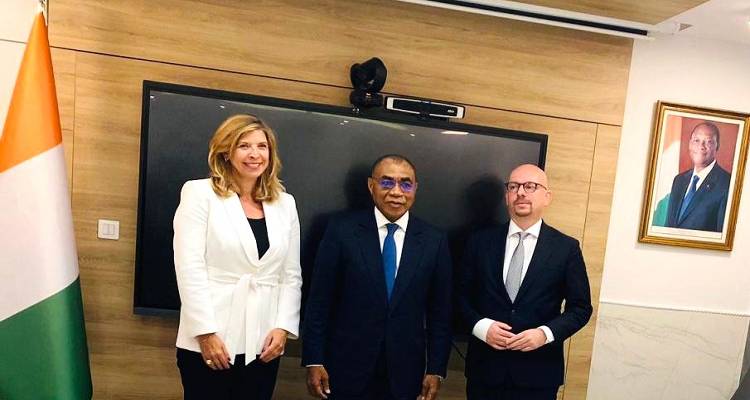To grasp the growth opportunities that exist in oil and gas, leaders must control TCO and establish a solid footing for new initiatives, according to Emmanuel Guilhaumon, sales manager strategic accounts, heavy industries, EMEA, Rockwell Automation
As the world slowly emerges from mass lockdown, the sector is again showing strength; the market price of oil has stabilised and demand for oil and gas products is normalising. The focus now is to use digital transformation as a catalyst to elevate from financial stability to greater levels of profitability.
In line with this and with the uncertainty on future revenues, the core focus for improving financial health is in reducing their total cost of ownership (TCO).
What is TCO?
TCO looks beyond current stresses to see the value and revenue generation potential of new initiatives. It combines the various factors that contribute to cost over the lifespan of a project, such as capital expenditure and operating costs, in order to derive a means for weighing up various options.
When undertaking new investments, leaders are constrained by CAPEX and therefore need to look for areas where they can make the total cost more affordable. This could include finding ways to lower maintenance costs, reduce unplanned downtime or decrease the power consumption required in the production process.
Where digitalisation can bring readily apparent cost improvements?
1. Preventative maintenance: Companies have typically taken some initial steps towards preventative maintenance, but as the capabilities are growing, especially with developments in AI and Machine Learning, there are more benefits to explore in this space.
2. Upskilling workers: A common issue companies experience is where they have a similar type of asset that fails in two different locations, but have only one person certified to fix both. With a multiskilled workforce, the pool of talent available to the company multiplies in volume.
3. Intelligent equipment: Where digitalising can help is in integrating the lifecycle and use of the equipment between the parts maker and the end user, to give the OEM visibility on the equipment’s current status.
The next decade will be a pivotal one in the oil and gas sector’s future direction and the choices that leaders make now will have a profound effect on their potential profitability. The key to excelling over this period is to have an open mind as to what’s possible and how digital solutions can improve the financial viability of new projects, at every stage of the lifecycle.
How to get TCO under control? Click here to read more.





































